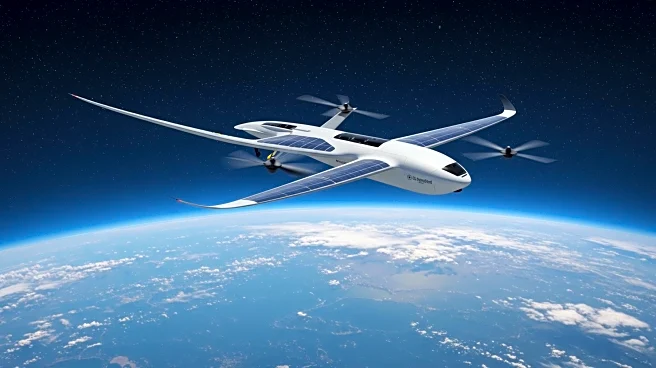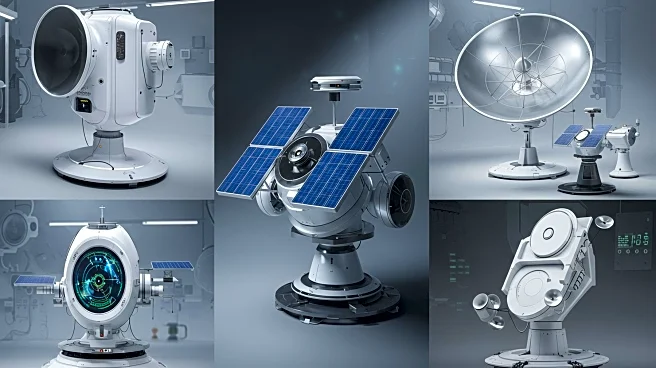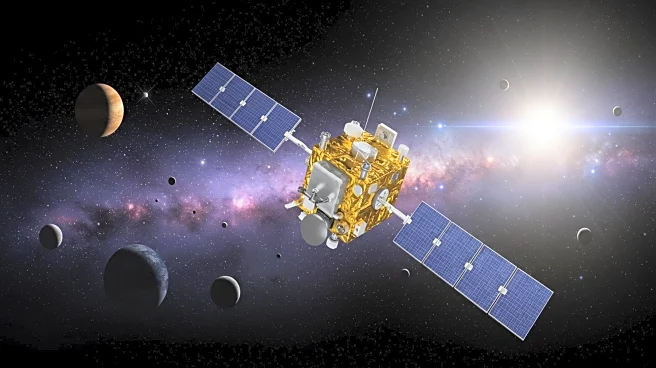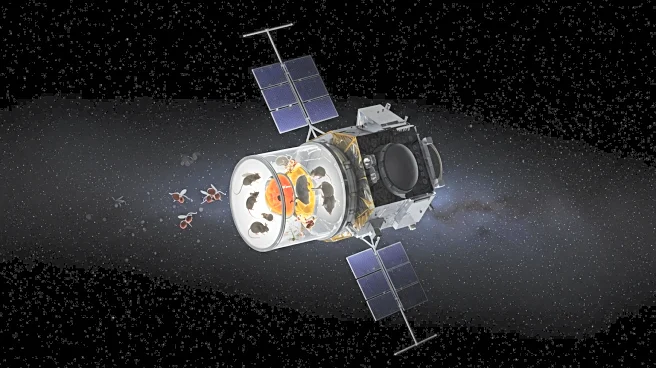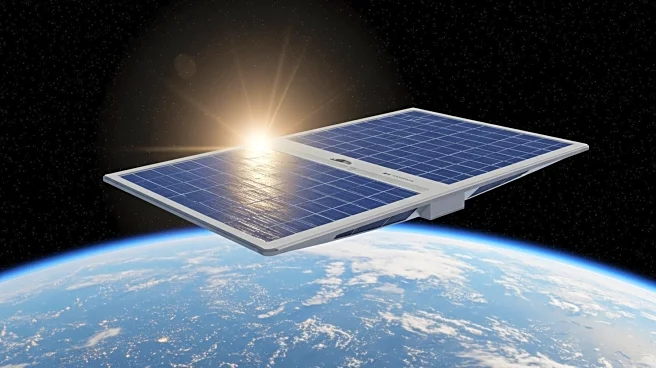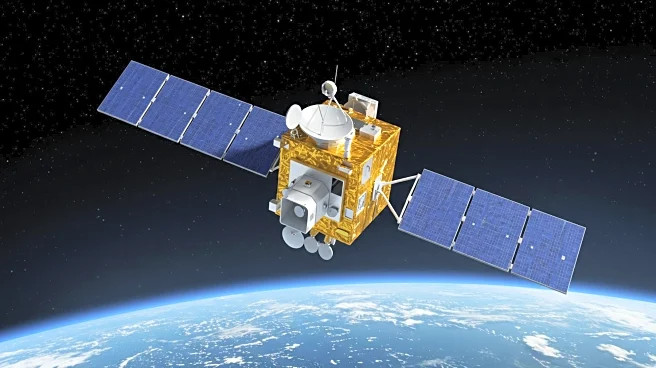What's Happening?
Researchers at the Harvard John A. Paulson School of Engineering and Applied Sciences have successfully tested self-lofting devices propelled by sunlight in near-vacuum conditions similar to Earth's upper atmosphere. These devices utilize photophoresis, a phenomenon where temperature differences on a thin membrane create motion. The membranes, made of aluminum oxide and chromium, were able to float in a vacuum chamber when exposed to light. This breakthrough could enable exploration of the 'ignorosphere,' a region of the atmosphere that is difficult to study due to its altitude, which is too high for aircraft and too low for satellites. The devices could provide precise data on winds, temperatures, and pressures, enhancing global climate models.
Why It's Important?
The development of these sunlight-propelled devices represents a significant advancement in atmospheric science. By enabling exploration of the ignorosphere, researchers can gather data that is currently inaccessible, potentially improving climate models and space weather forecasts. This region is crucial for understanding geomagnetic storms and auroral phenomena, which can impact power grids and satellite operations. The technology could also be applied to study Mars' atmosphere or compete with satellite broadband services, offering a passive, sunlight-powered alternative for communication.
What's Next?
The researchers plan to refine the material and structure of the devices to decrease their weight, allowing for larger versions that can carry sensors and antennae. The startup Rarefied Technologies, spun out from Harvard SEAS, aims to commercialize these devices for atmospheric experiments. Future applications could include geoengineering interventions to address climate change or enhancing communication networks by lofting small packages into the mesosphere.
Beyond the Headlines
The use of photophoresis for atmospheric exploration opens new possibilities for passive, sustainable technologies. This approach could lead to innovative solutions for environmental monitoring and space exploration, reducing reliance on traditional propulsion methods. The ethical implications of geoengineering interventions, however, require careful consideration, as they could have unintended consequences on global climate systems.
